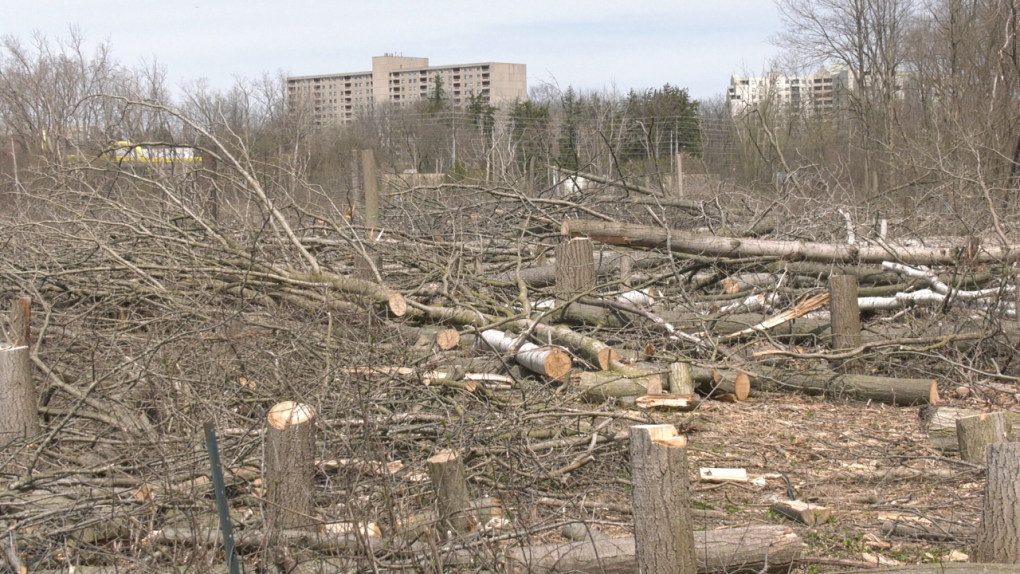On the 14 June 2017, a fire broke out in the 24-storey Grenfell Tower block in north Kensington, west London, in the deadliest structural fire in the United Kingdom since the second world war – 72 people died and more than 70 were injured.
A government review into building regulations after the fire concluded that indifference and ignorance led to a “race to the bottom” in building safety practices, with cost prioritised over safety.
What is the cladding crisis?
In 2019, the then chairman of the Grenfell inquiry panel, Sir Martin Moore-Bick, concluded that the “principal reason” the fire spread at such pace was down to combustible cladding with polyethylene cores, which acted as a “source of fuel”.
In the wake of the tragedy the government established a building safety programme “ensuring that residents of high-rise residential buildings are safe, and feel safe from the risk of fire, now and in the future”.
A national ban was introduced on using combustible cladding on new buildings and sprinklers became mandatory on new-builds over 11 metres.
A total of 477 high-rise residential buildings and publicly owned buildings were identified as having aluminium composite material (ACM) cladding such as that on Grenfell Tower, which had to be removed.
Chart showing number of buildings found to have the same type of ACM cladding
What is the estimated cost of the crisis?
Removing cladding can cost millions of pounds per block, and the full cost of fire safety work on all affected blocks has been estimated at about £15bn. By June last year the government had committed an estimated £5bn through the Building Safety Fund to remove flammable cladding on high-rise buildings.
Who will pay for the removal?
Under the leasehold system in England and Wales the cost is often borne by individual flat owners, some of whom have been left with spiralling insurance costs, service charges, and high fees for 24-hour “waking watch” fire patrols.
After Grenfell, ministers said building owners had to pay for the required fire safety measures, including the replacement of dangerous cladding. The government said it would meet the reasonable cost of the removal and replacement of unsafe cladding by councils and housing associations.
Some owners have refused to carry out the work needed to make buildings safe. In May 2019 the Ministry of Housing, Communities and Local Government (MHCLG) said the government “will fully fund the replacement of unsafe aluminium composite material (ACM) cladding on high-rise private residential properties where building owners have failed to do so”.
Buildings between 11 metres and 18 metres were not covered by the Building Safety Fund, so ministers announced a loan scheme, through which leaseholders would repay a maximum of £50 a month.
That was paused in November by the housing secretary, Michael Gove, who said he was “still unhappy” with the principle of leaseholders having to pay at all.
Graphic: The government has identified 12,500 residential buildings over 18 metres tall, or more than six storeys (whichever is reached first), in England
What is going to happen now?
Gove is expected to announce that leaseholders in buildings between 11 and 18 metres (36-60ft) tall will no longer have to take out loans to cover costs. Instead, he will try to make developers pay £4bn, according to a leaked Treasury letter reported by BBC Newsnight.
But the Treasury letter states that approval for funding applies only to fixing cladding, meaning that leaseholders who are facing bills for defective fire compartmentation, fire doors and other non-cladding faults still face bills and uncertainty over whether mortgage companies will lend against their homes to make them sellable.
https://www.theguardian.com/society/2022/jan/09/five-years-after-grenfell-are-all-cladding-victims-now-going-to-get-help




